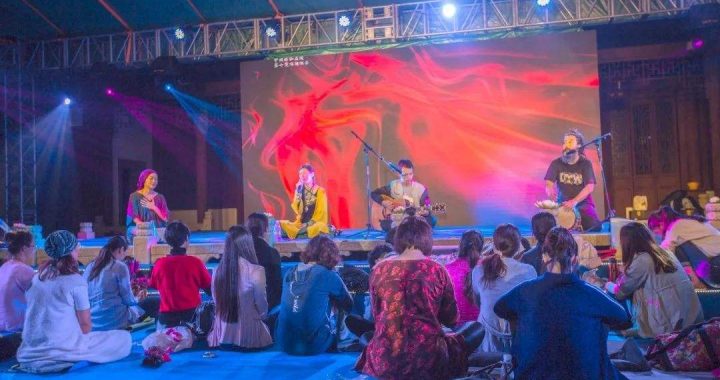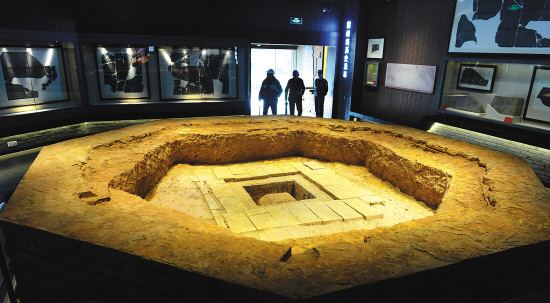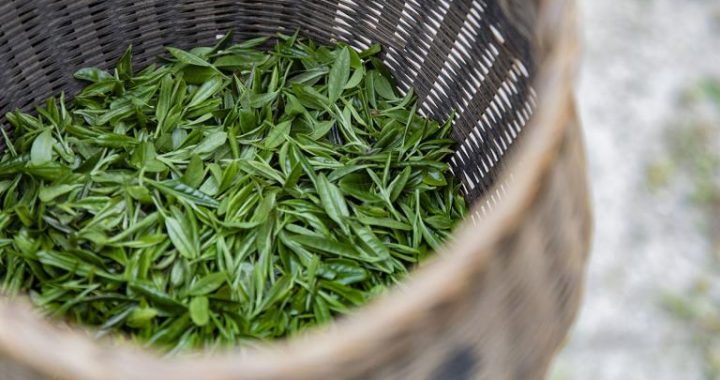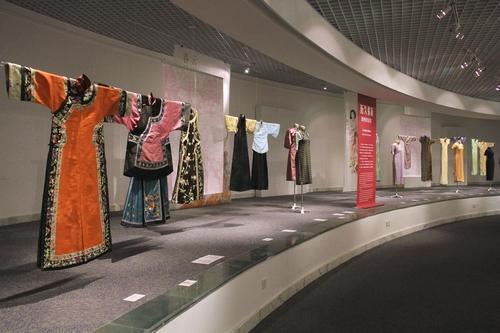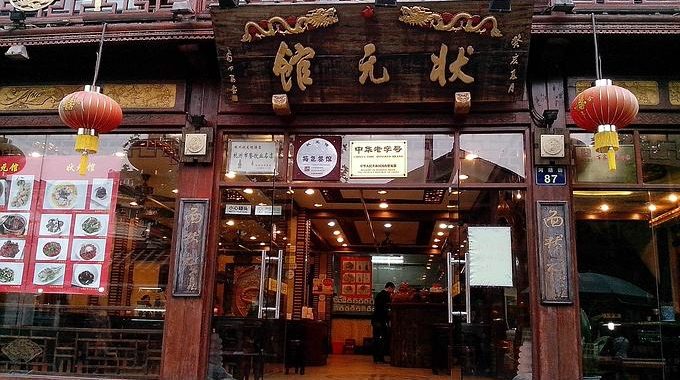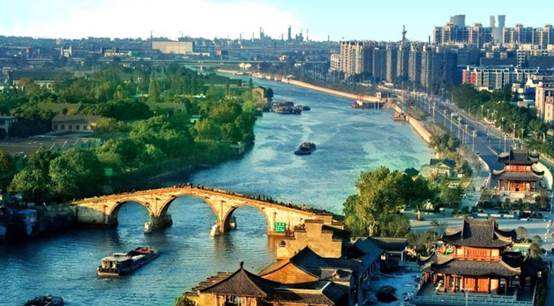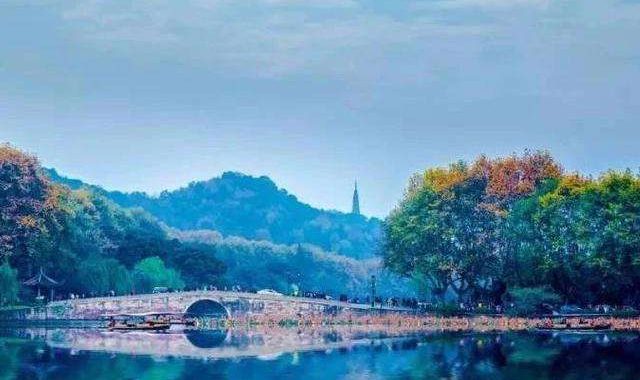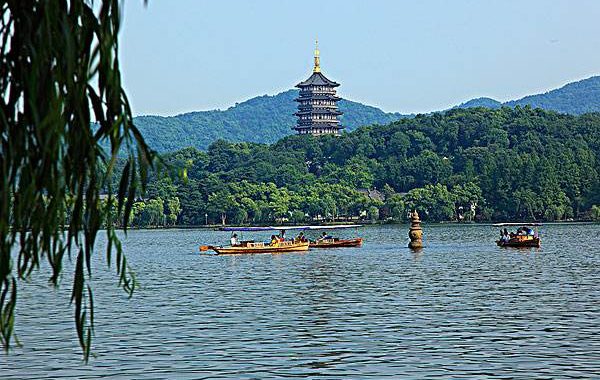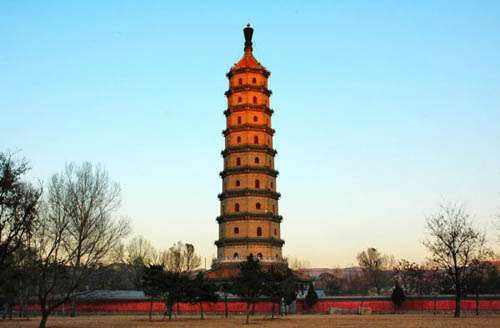The Guan Kiln Reborn
3 min readThe porcelain-making techniques of the Southern Song guan kiln were once thought lost to history,but after four decades of research,guan kiln scholar Ye Guozhen has brought back many of the ancient methods.The key ingredient,he discovered,is purple soil rich in iron found around the original kiln sites,and he developed a recipe that involved skillful molding and carefully controlled temperatures-capable of replicating the high aesthetic values of Southern Song guan kiln porcelain.His technique has been recognized as Intangible Cultural Heritage of Zhe jiang Province.
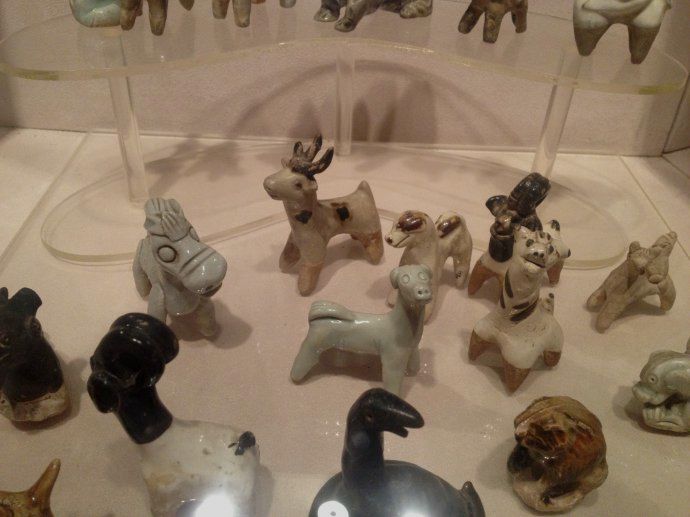
West Lake,History,and Tomorrow
1206-1911
Eighty-seven years after the Song court was forced to migrate south,its Jin enemy met a similar fate.Threatened by the rising power of Genghis Khan,they chose to move theircapital from Beijing to Kaifeng,but the Jin were destroyed in a combined attack by the Mongols and the Southern Song.This odd alliance bought the Southern Song four decades of relative peace.
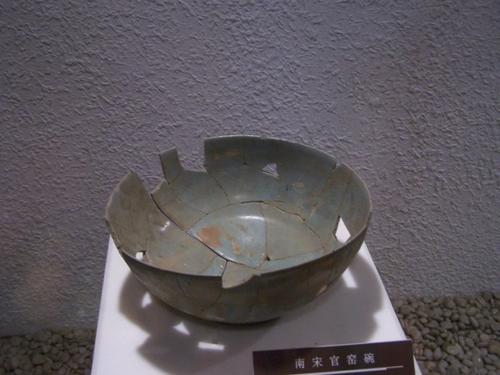
In 1276,the city’s place as a great Chinese capital ended with the arrival of Kublai Khan’s army,but the Southern Song left a legacy of architecture,poetry,and culture that endures to this day.It was this conquered empire that Marco Polo visited.The newly-installed Yuan government attributed the fall of the Southern Song to the state of West Lake,which had fallen into disrepair.Causeways and banks collapsed and the water dried up to reveal the basin beneath,and farmers moved in to use the area as farmland.The Grand Canal,on the other hand,was more practical;new channels were dug to shorten the canal by over 900 kilometers so that grain could be continually shipped from Hangzhou to Beijing.
It wasn’t until 1503 in the Ming Dynasty that Yang Mengying(杨孟)would save the lake.Yang carried out a large-scale dredging and renovation project for West Lake and nearby scenic sites.The famous Su Causeway was strengthened and widened,with the added benefit of willow and peach trees.Meanwhile,another causeway was built parallel to the Su Causeway,given the name”Yanggong Causeway”,or”Mr.Yang’s Causeway”.Today,you can take this 3.4-kilometer trail through major transit sites as well as many hidden gems by the lake.
Through the ages,West Lake was passed from one caretaker to another.Gradually,by the Qing Dynasty,all the famous sites so familiar today were in place,thanks in no small part to Qing Emperor Kangxi,who left calligraphy to commemorate the ten poetically named scenic spots;his grandson Emperor Qianlong wrote a poem for each site.
Today,the words of the two emperors are literally carved in stone,adorning ten steles at the most memorable sites in Hangzhou.
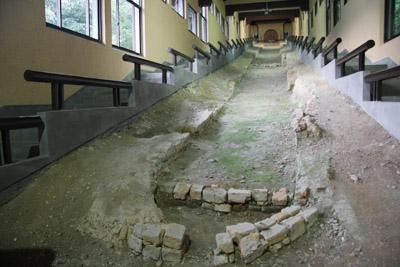
West Lake has been an integral part of Hangzhou’s history since the beginning of recorded history.One might even say that the lake and the city share a fate;when West Lake is cared for,Hangzhou thrives.
Panoramic view of West Lake featuring Baochu Pagoda from atop Baoshi Hill north of the lake Sunrise(Bottom Left) at Beishan Road in the north, and sunset (Bottom Right) at Nanshan Road, the main road on the lake’s southeastern shore .
